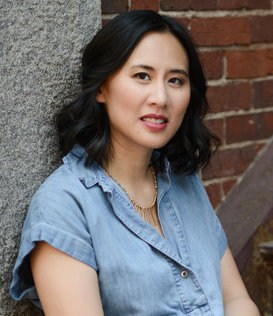


Through each character and plot line, the story doesn’t shy from tackling themes of racism, sexism, identity, class and motherhood. And of course this is pre-9/11, as we very quickly saw how all these things that we thought were going fine, actually there were all these problems simmering under the surface.”Īfter the book’s release in 2017, it was clear the unpacking of the underlying problems Ng refers to is what quickly resonated with readers. We had this sense that the world was kind of figured out…. We thought it was a ‘girl power’ time and we never had a female secretary or a female military general.

Although, in retrospect, I’m not totally sure why. “It was a time where we thought we kind of had it all together as a country,” Ng says. The initial assumption of the novel is the town has good intentions, but as the custody battle lingers, it becomes conspicuous that residents are blind to their privilege, and are soon forced to confront their obvious unconscious bias. The story derived from Ng’s vision of setting her novel in Shaker Heights, where she lived during the 1990s. We kind of forget that that means you are two poles of the same magnet,” Ng tells The Hollywood Reporter. But over time, it becomes clear that Elena and Mia are “two poles of the same magnet.” “They’re so often described as like polar opposites. Elena is a journalist who abides by order, stability and legacy (her family has been in Shaker Heights for generations), whereas Mia can be considered a free spirt, traveling to various locations with her daughter as she tackles her next art project. It is during the trial when Elena and Mia’s relationship becomes tense.Īt first glance, the two mothers are seen as opposites. Elena and her husband support their friends, the McCulloughs, while Mia fights for May Ling’s mother Bebe to get her child back.


 0 kommentar(er)
0 kommentar(er)
